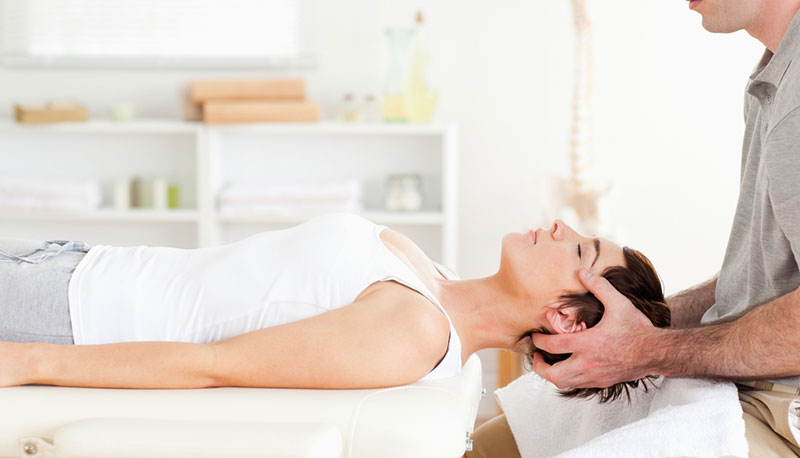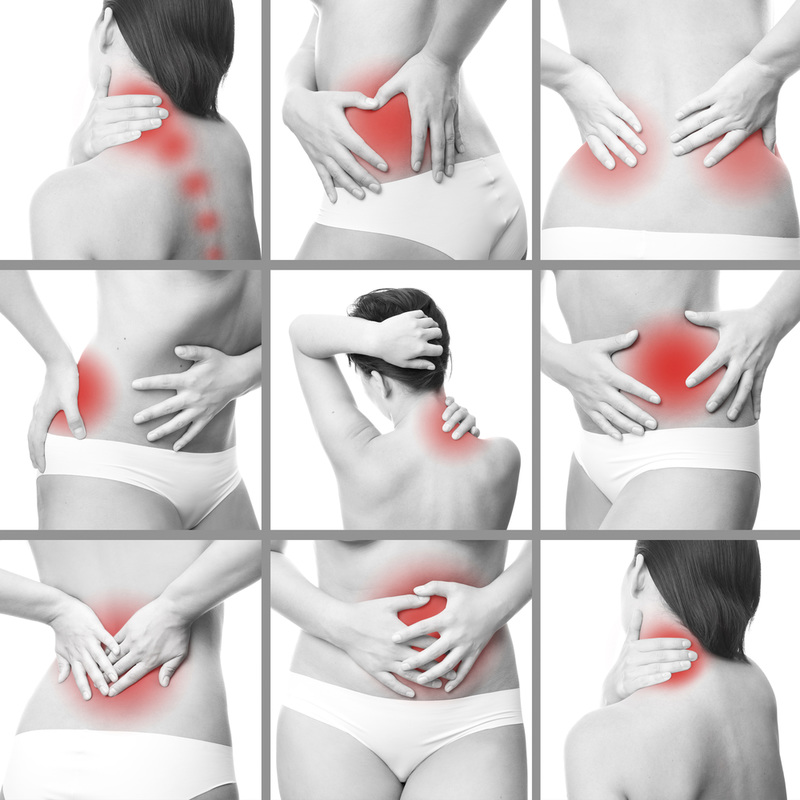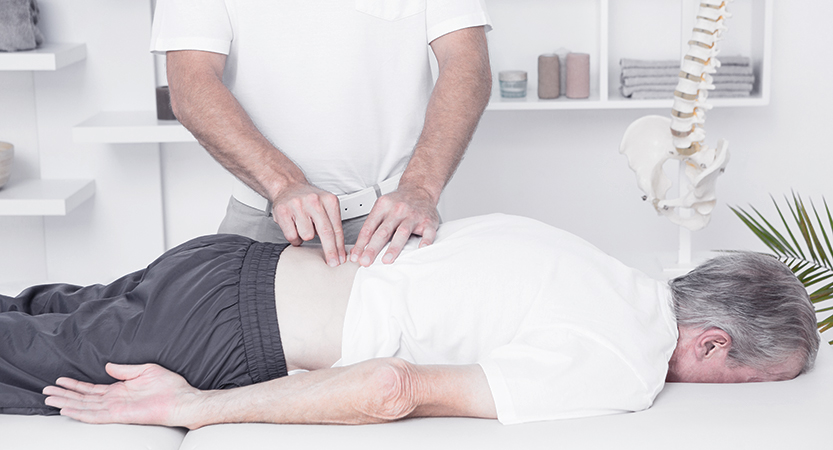
What to Expect
On your first visit to an osteopath, it’s always good to turn up a little bit early as there will be a small amount of paperwork
Your first visit.
The osteopath will take some time to learn about your current problems/symptoms and your medical history, including past injuries and any medication you’re currently taking.
This will be followed by an examination. This may include postural assessments, neurological tests and clinical tests to diagnose the root cause of your problems and determine the best course of action.
Osteopathy involves an integrated approach so your osteopath will look at the area that is troubling you but may also look elsewhere. For instance, knee pain can often be caused by issues in the lower back, pelvis or ankle.
The osteopath will leave you with some tips on how to manage your injury between appointments, and may well give you some exercises to complete at home. If your condition changes between appointments make sure you tell your osteopath at your next visit.

What do you need to bring?
* Bring any x-rays, scans or test results that relate to your injury.
* Wear clothing you feel comfortable in.
* Feel free to bring a chaperone or support person. Patients 16 and under are required to be accompanied by an adult.
Will it be painful?
Osteopathy is a ‘manual’ medicine and may include massage, manipulation and repetitive movements. This shouldn’t cause undue discomfort, and your osteopath will always endeavour to make you as comfortable as possible.
Some patients experience mild soreness in the days immediately after their consultation. This is normal, but if it persists or becomes worse you should contact your osteopath.
Do you need to be referred to an osteopath?
Osteopaths are primary care practitioners, so you can make an appointment directly. Alternatively, you may find yourself referred to an osteopath by your GP, physiotherapist or other health care provider.
What to Expect After Treatment
The therapeutic effects continue after treatment as the body responds to change at its own pace. On the evening after treatment be guided by how you feel. If you feel like resting, then rest. If you feel like being active, be active. Just don’t force yourself to do anything that you don’t feel like doing.

If you have any questions about treatments, what to expect or appointment availability please get in touch
